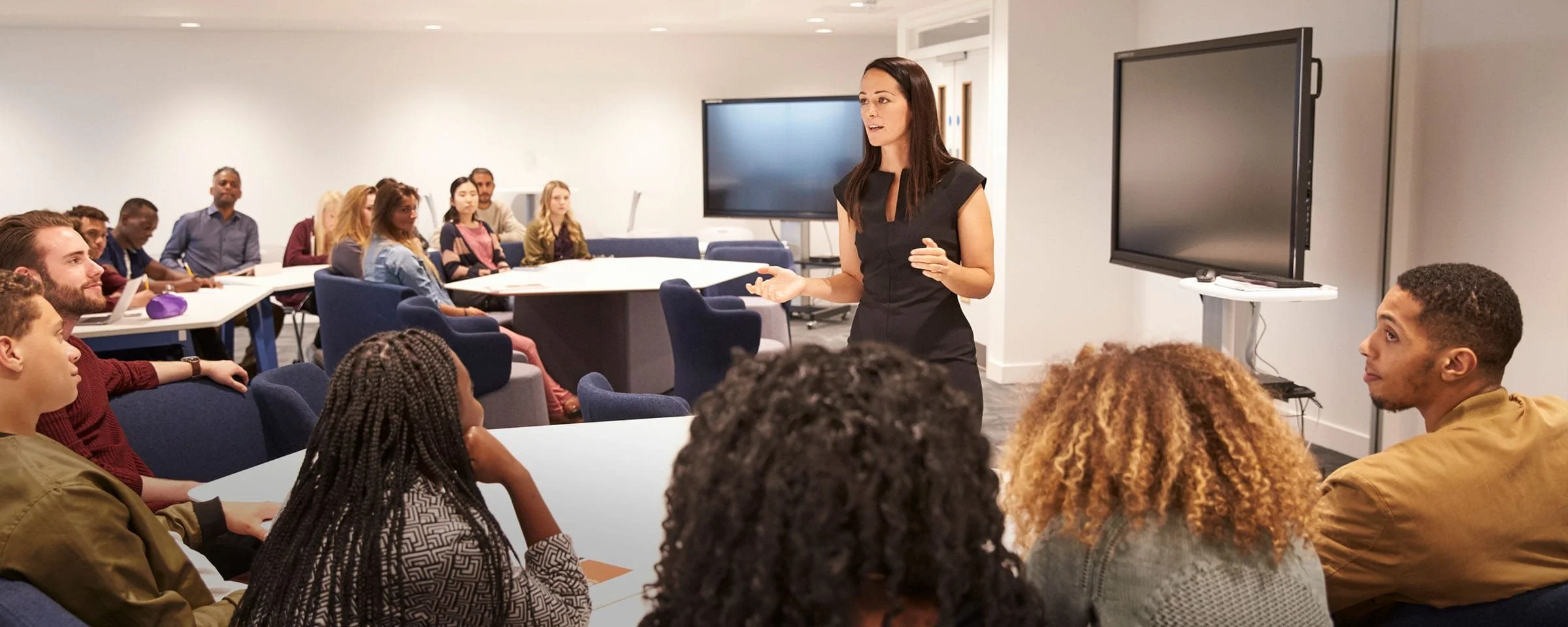Three Common Mistakes when Designing for Engagement
Truly engaged employees feel free to discover, challenge themselves, learn, and ultimately make decisions about who they want to be and how they want to act. Knowing this, it’s no wonder that “employee engagement” has been a hot-button issue for more than a decade, and remains central to organizational strategy. But engagement is even more important now as companies experiment with hybrid work, or a permanent virtual workforce, and the Great Resignation exists as an ever-present backdrop. And yet, “engagement” remains a big-picture, intangible, and somewhat esoteric idea that has lots of impact on the people within an organization without anyone really understanding what to do about it.
The truth of the matter is that truly engaging your team happens long before the actual moment of reckoning. It’s about thinking through details, and finding ways to activate interest and ownership with your employees in every interaction. Here are three common myths about employee engagement and what you can do instead.
Any Activity is Good Activity
Stephanie went to a virtual webinar about charisma where the opening Ask to the attendees was to drop into the chat where they are from. This is a great way to encourage people to find and figure out how to use the chat, but the “why” stopped there. As an audience member, Stephanie didn’t see the point of telling everyone else on a webinar about charisma where she happened to be sitting in the world that day. That detail was meaningless to the point of the gathering. It felt like the webinar designers had built that activity into the flow because they had heard that “engagement is good” and “making the audience do something” was important, even if the Ask itself had nothing to do with the purpose of the event.
A better way to engage with the audience would have been to have them describe what motivated them to come, what they were hoping to learn, or an upcoming moment in their life where they would want to maximize their charisma. This does much more than warm up the room and encourage participants to discover the chat functionality. It also creates engagement by beginning a conversation related to the topic, and helps the facilitators better understand the audience and their context.
A Q&A at the End is Good Enough
A common format for panel discussions, webinars, and even presentations is to allow the speaker(s) to get through their whole spiel before opening the floor for questions. The thought process behind this format is to prioritize the speaker; it gives her complete control over the flow of her narrative and prevents questions from derailing it. But there are a few problems with this format:
Audience members who think of a question midway through the presentation can become distracted for the remainder of the talk. They’re now focused on remembering the question they have, and not paying attention to the speaker.
Audience members forget the questions they had by the time the presentation is over. They leave the experience with the question unanswered, and only remember it days later. This causes frustration and minimizes the power of the experience itself.
Audience members use the Q&A portion of the experience to grandstand or plug themselves.
Audience members don’t feel safe to ask a question. If the expectation is that audience members should stand up publicly and speak their question into a microphone, there will simply be those who opt out altogether. In a virtual format, this is even more true as audience members often can’t even see each other and have no concept of the size of the group. Without psychological safety, many audience members will choose to not speak up.
Some of the most interesting questions aren’t answered due to time constraints or the lack of a curation system.
When planning a Q&A at the end of a session, consider the following:
Source questions before the event via a feedback form or “question box” with index cards.
Have audience members anonymously submit written questions during the session in real time. Leverage someone to curate the most common and/or interesting questions.
Identify a few ways that you can “ladder up the Ask” to increase the psychological safety of the audience members so they’re comfortable publicly asking questions to the room. Download our free resource on how to Ramp Up the Ask.
Open Conversation is Best
Many meetings are intended to be problem-solving opportunities for a team. A common format is for someone to present the problem statement and perhaps a bit of background information, and then open up the room for open-ended and unstructured discussion. The choice to work through a problem this way can be extremely counterproductive. Here’s why:
Unless the problem statement is well-crafted, the team will end up in a discussion where everyone is trying to solve a slightly different issue.
The formal and informal power dynamics of the group will invariably affect how ideas are suggested, perceived, and reinforced.
The same people that always speak up are the most likely to speak up and everyone else will keep their ideas to themselves.
Without structure such as whiteboarding or prompts for ideation, the conversation could end up going in circles, frustrating everyone and feeling like a waste of time.
As a meeting designer looking to maximize the power and value of input from the group, your job is to think deeply about HOW you will go about the problem solving process. Open-ended discussion isn’t the answer. Structure the conversation around a series of flip charts, brainstorm ideas on post-it notes, send people to breakout rooms and task each room with a different sub-task… the possibilities are endless! Think carefully and identify the right process. Make sure to eliminate power dynamics as much as possible, democratize the idea generation, and build in psychological safety mechanisms. To save time, find ways to encourage participants to write/type rather than speak. Then structure your materials and technology to support your process.
Being thoughtful about how you engage an audience or your team is crucial to how valuable your experiences are perceived to be. These three common myths about how to engage people should be left in the past. Think again about how you might use the ideas suggested here to maximize engagement and create an environment in which people are empowered and motivated to contribute.
What myths about engagement do you think need debunking?

